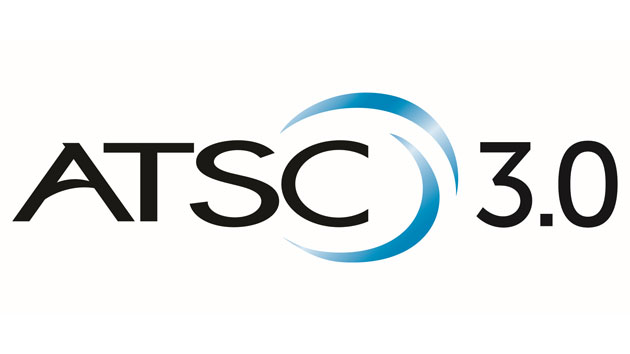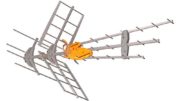We’ve been talking about over-the-air 4K for years. It may yet happen someday… the FCC is following a very different path than the digital transition of the 2000s and it could actually result in 4K programming that comes from an antenna. But before we get there, there’s a lot that needs to happen.
Just the basics
You can read a lot about my opinions about 4K over the air in this selection of archived articles. But here’s a quick way to get up to speed:
-
The system that will allow 4K over-the-air is called ATSC 3.0.
-
It isn’t compatible with today’s HD broadcasting and you’ll need a new tuner for it.
-
The FCC decided to allow limited testing of ATSC 3.0 in 2017.
-
Unfortunately, the FCC also started taking away broadcast channels in 2017.
-
This made it really hard for stations to obey the FCC rules that said you could only test ATSC 3.0 if you broadcast the exact same content as your regular HD channel, using a second broadcast channel.
The bottom line here is that initially, the FCC laid out an impossible path for ATSC 3.0. Smaller markets could test the technology but larger ones wouldn’t have enough broadcast channels. That’s why the first ATSC 3.0 tests were in Phoenix, not New York or Los Angeles
The novel compromise
The FCC set to work and came up with a workaround that was designed to work with small markets and large ones as well. They would allow broadcasters to test their ATSC 3.0 content on a subchannel. In other words, the HD and 4K content would share one broadcast channel.
Here’s why that’s a good idea
Broadcasters love this idea because it means they don’t need two expensive broadcast towers. It also means that the transition can be a lot more seamless and that people might not even need to rescan for channels.
Because you don’t need a second broadcast channel, even channel-heavy markets like New York and Los Angeles can test ATSC 3.0 content.
Here’s why that’s a bad idea
There are some concerns that testing 4K content on a subchannel will cut the quality of the HD signal. Originally, HD channels used the entire 19.2Mbps digital signal available on a channel. In order to introduce subchannels, they split that bandwidth. It wasn’t too big of a deal because most subchannels are in standard definition and need only about 1Mbps. However, a 4K channel could need 10Mbps or more even for a poor-quality 4K picture. That means the HD picture could need to be compressed to fit only 9Mbps.
By the way, that drop in quality would also be seen on cable and satellite since most providers get most channels by putting up an over the air antenna.
Broadcasters say that better encoders will mean you won’t notice the difference. That’s possible although I haven’t seen any tests of that. DIRECTV and DISH keep their HD channels to between 6 and 10 Mbps but they use more advanced encoding that isn’t compatible with today’s over-the-air reception.
Another thing that could suffer… what happens to the subchannels that are already there? Laff, MeTV, Buzzr and other national networks sit on subchannels and show a variety of older content. My guess is that this older content will be pushed off the air. I don’t like that. Much of it could move to streaming, as Buzzr and Comet already have done. However other networks could disappear completely.
What’s “really” going to happen
I’ve said before that I expect 4K over-the-air adoption to be slow if it happens at all. Several manufacturers have finally said they will be including ATSC 3.0-capable tuners in TVs in the next year to two years. The FCC’s best estimate for a full transition puts us out about 2025 or so. I think that’s actually optimistic and I think that if we do see this technology come about it could be closer to 2030.
In the meantime we’ll continue to see services like Locast which will give people local channels over streaming, and free apps like Pluto which will give a lot of free content if you are willing to watch the ads. Even after all these years I still don’t see a big groundswell of support for people who want 4K over-the-air. It mostly boils down to a small number of “UHD TV Fans” who think this is the way of the future. Most folks today still don’t even mind watching low-quality standard definition if they can watch what they want.





